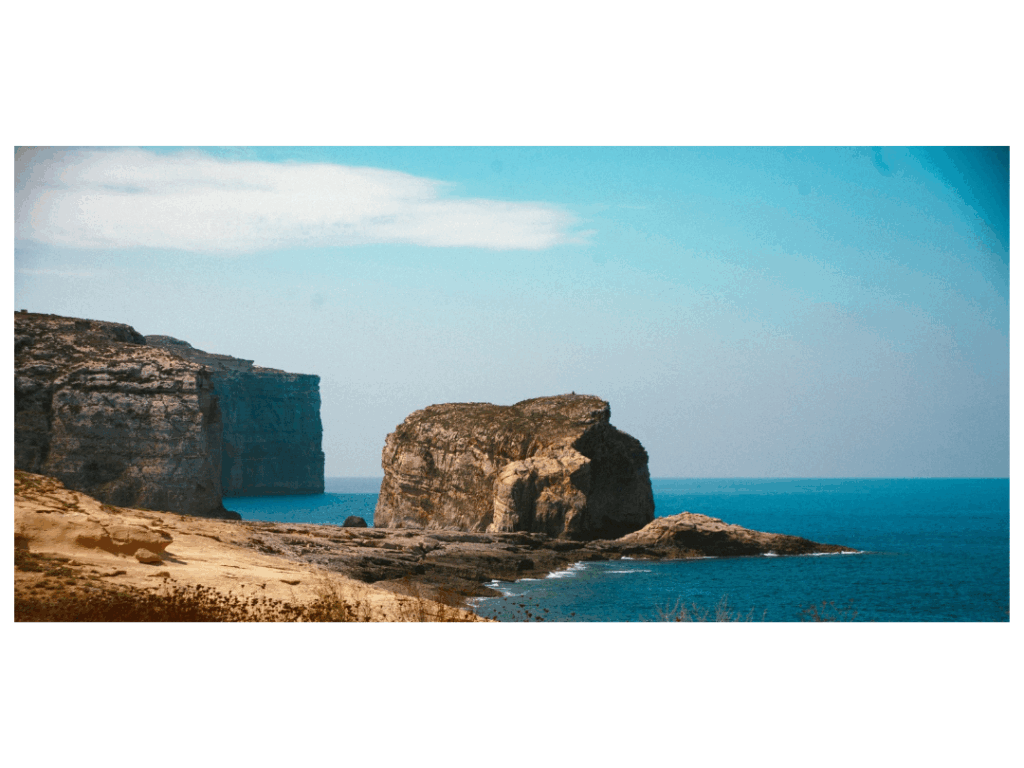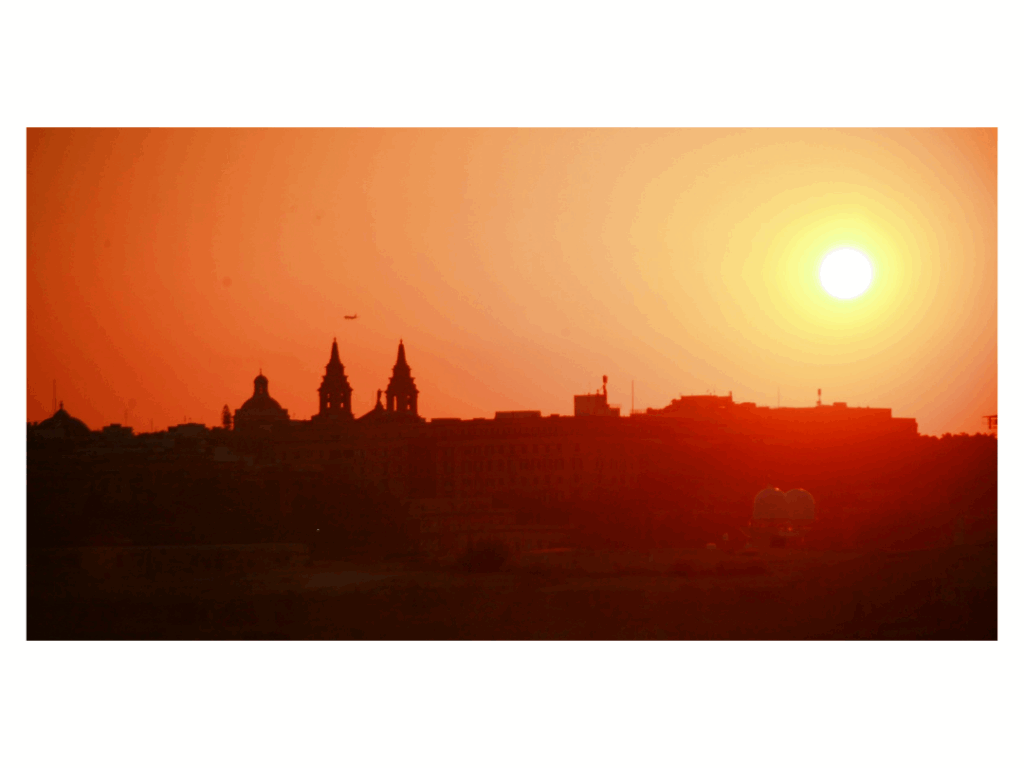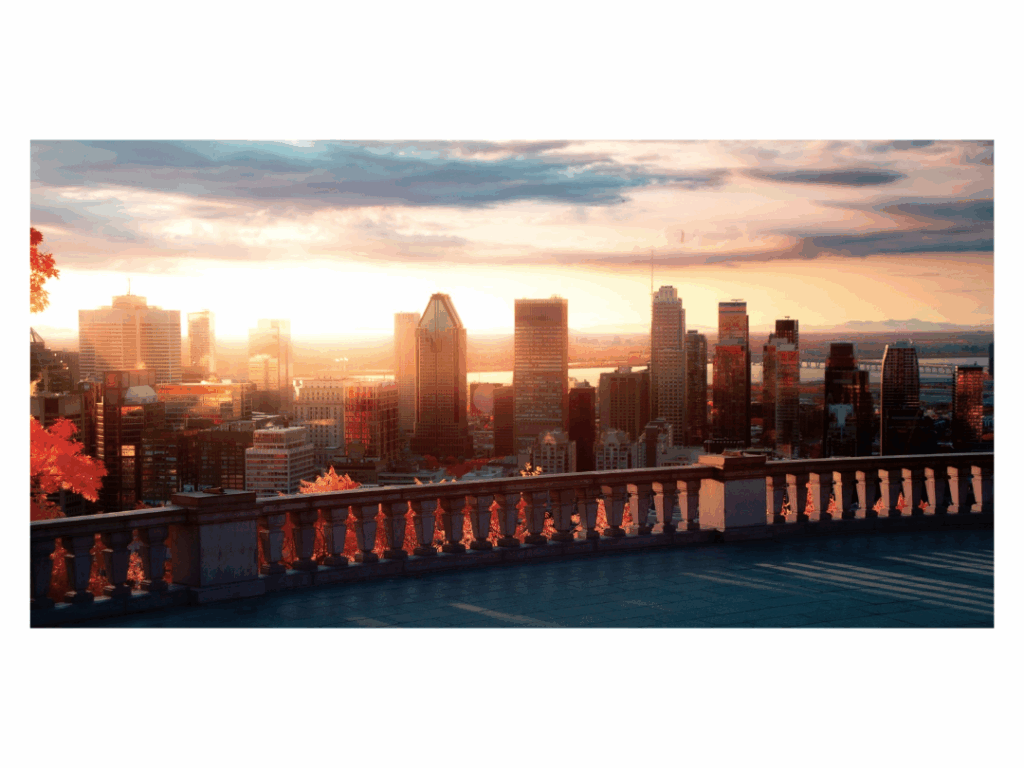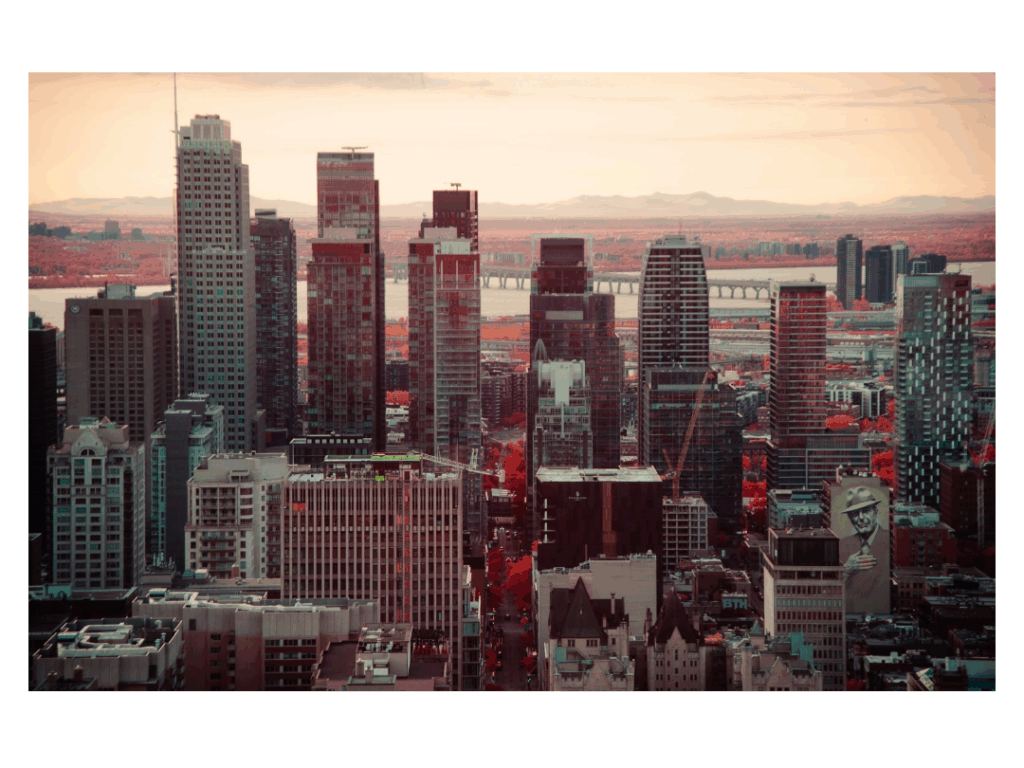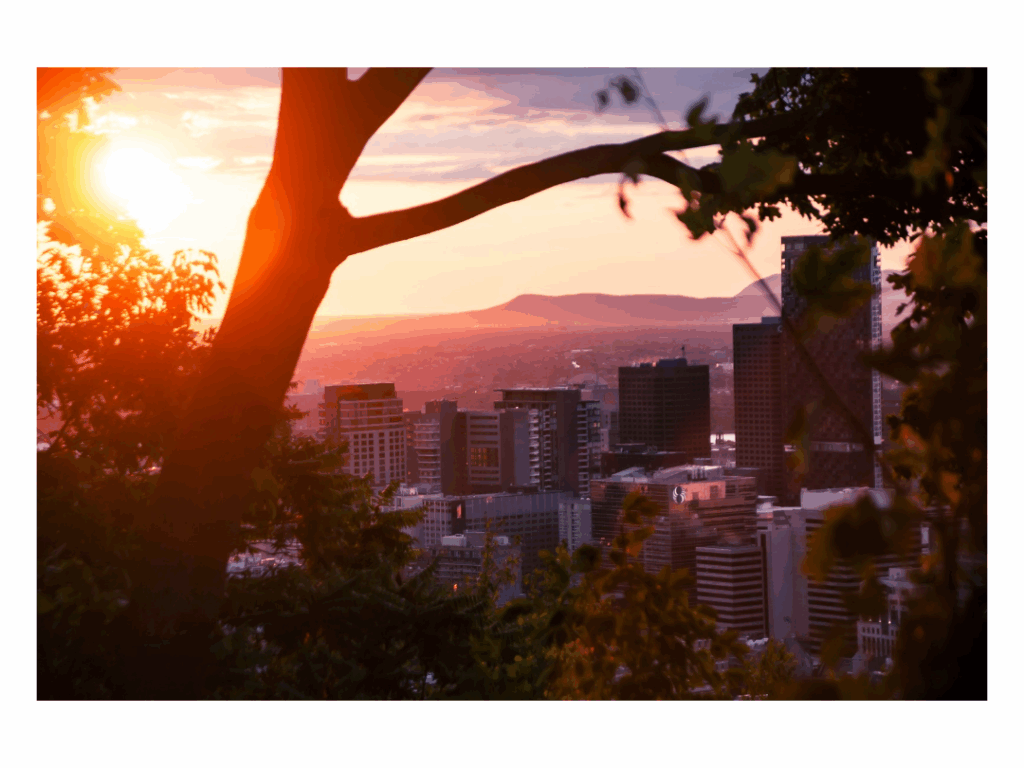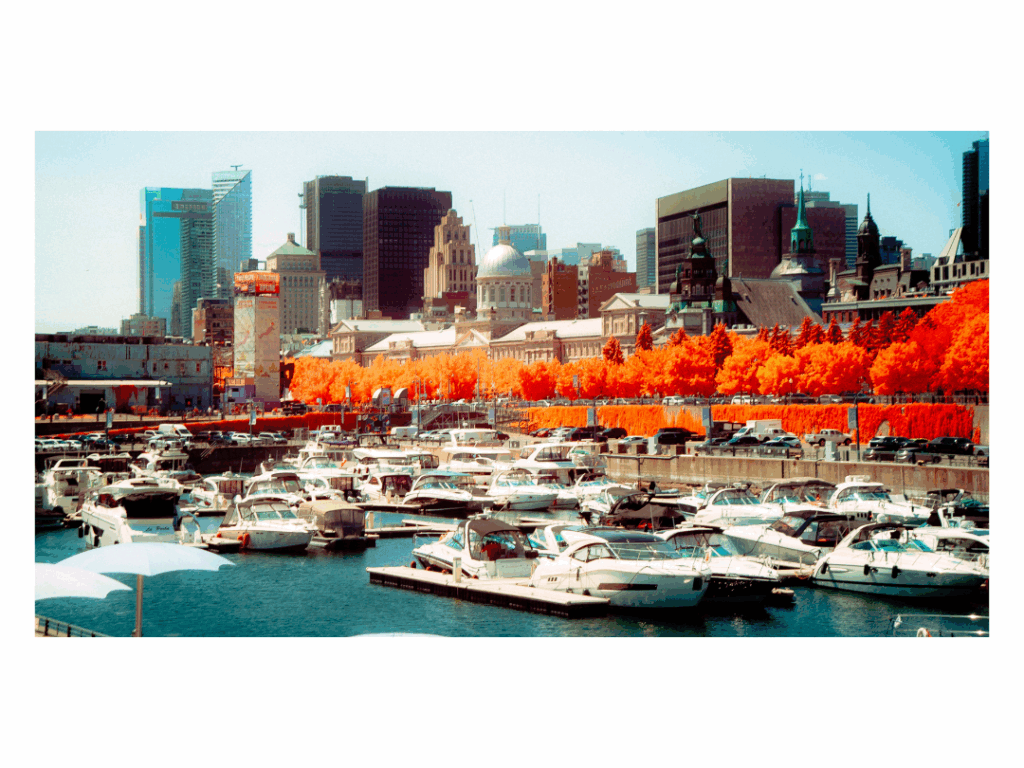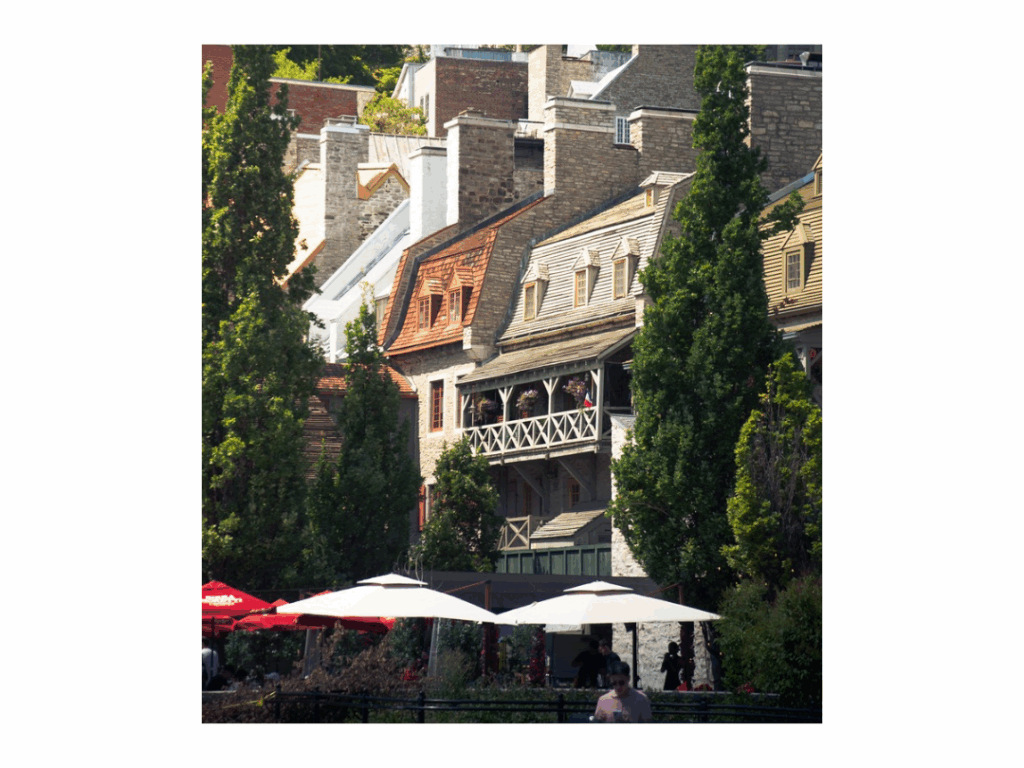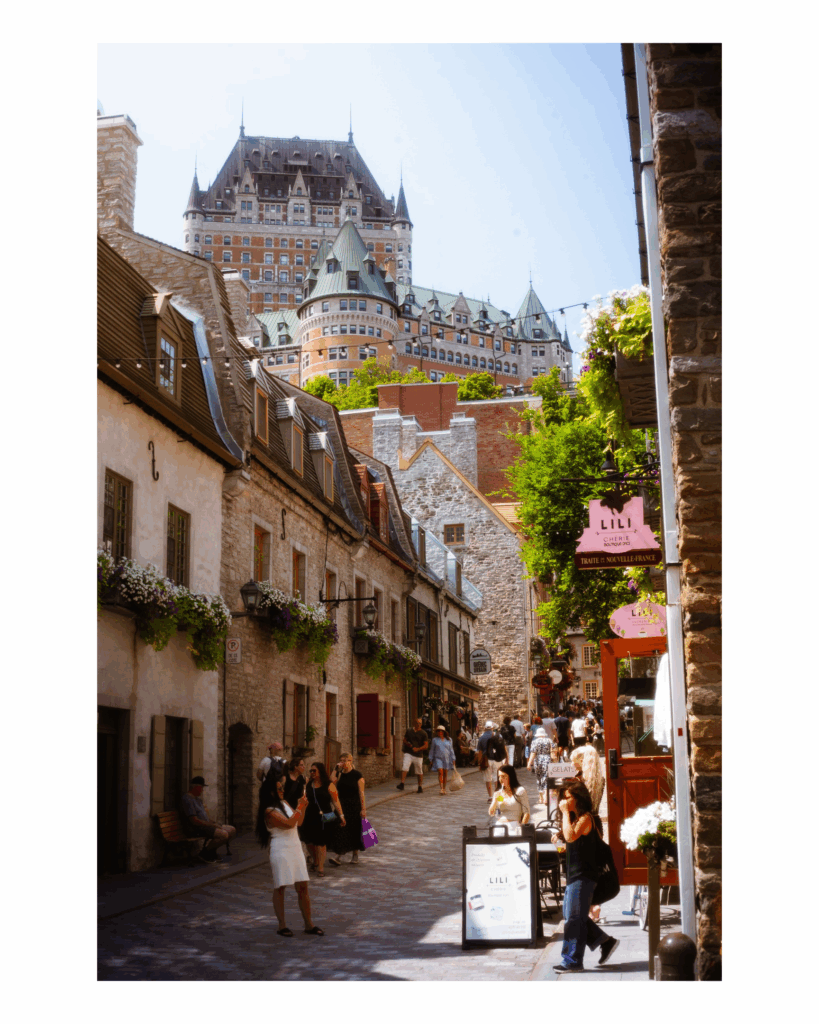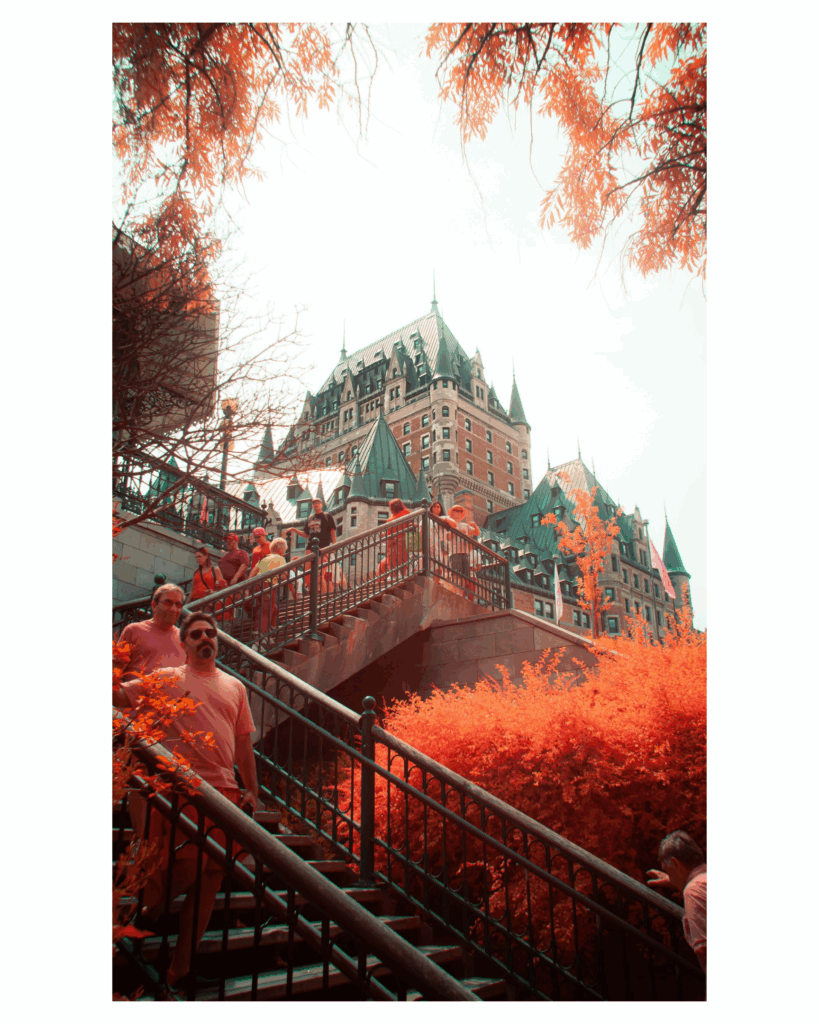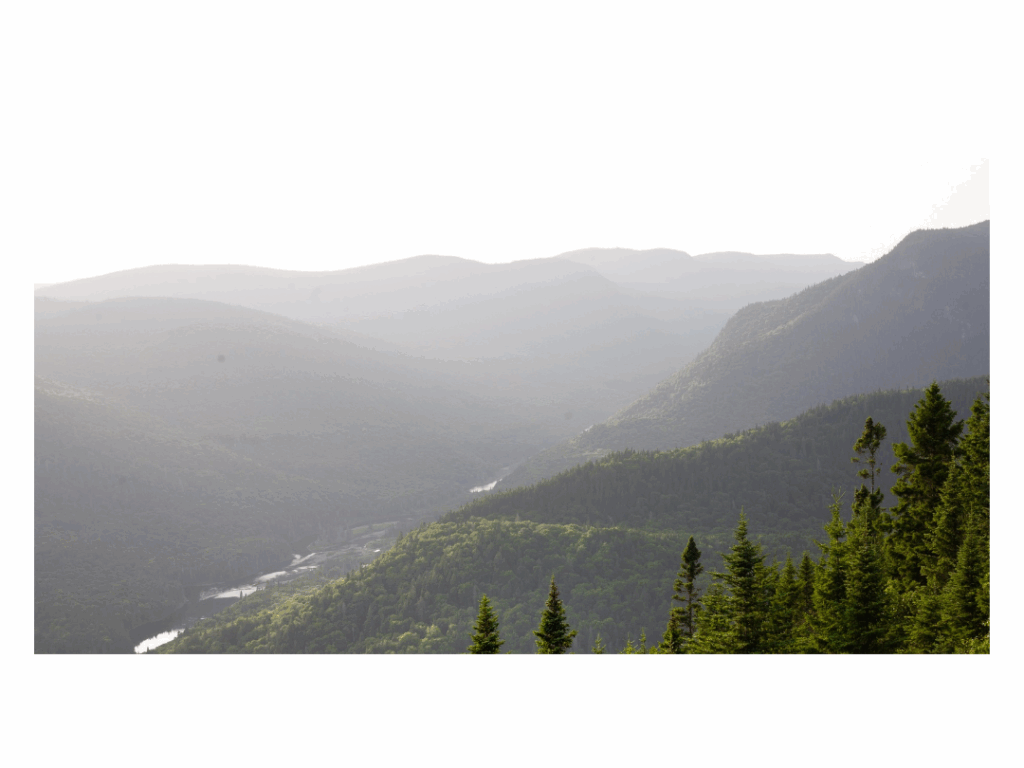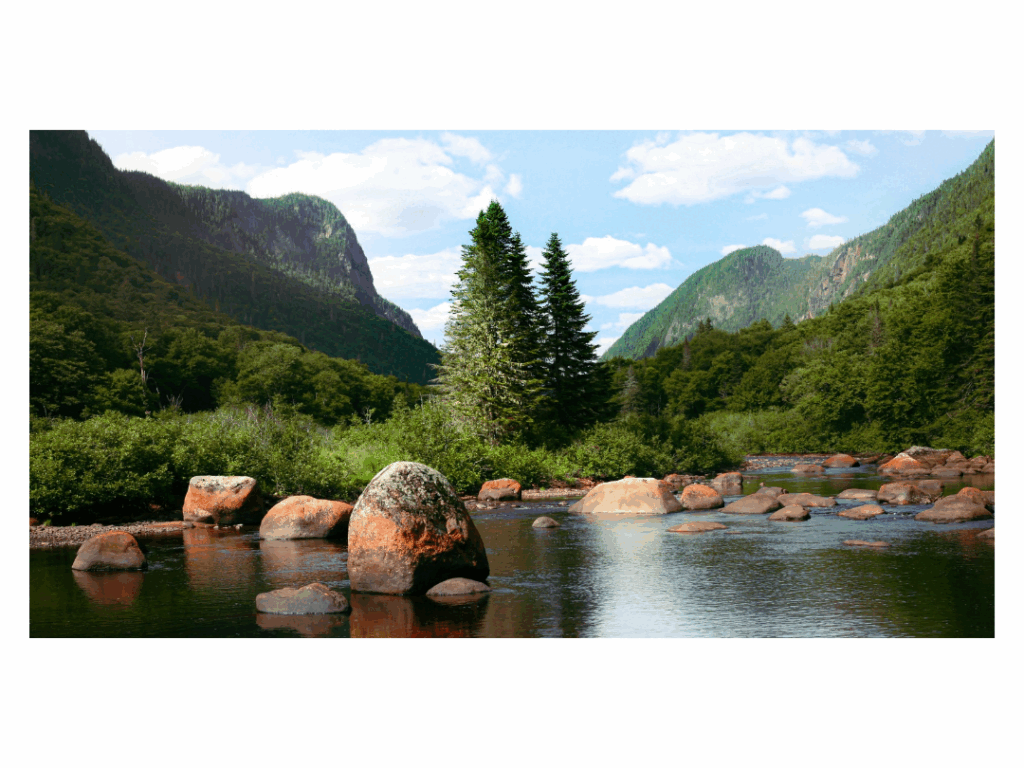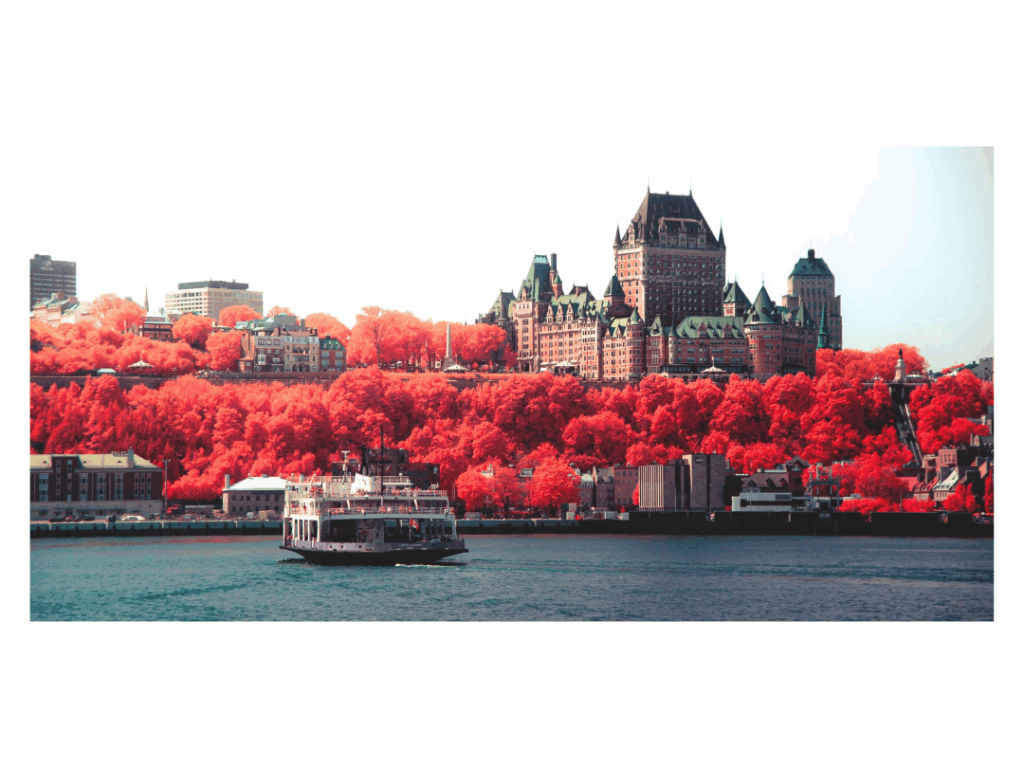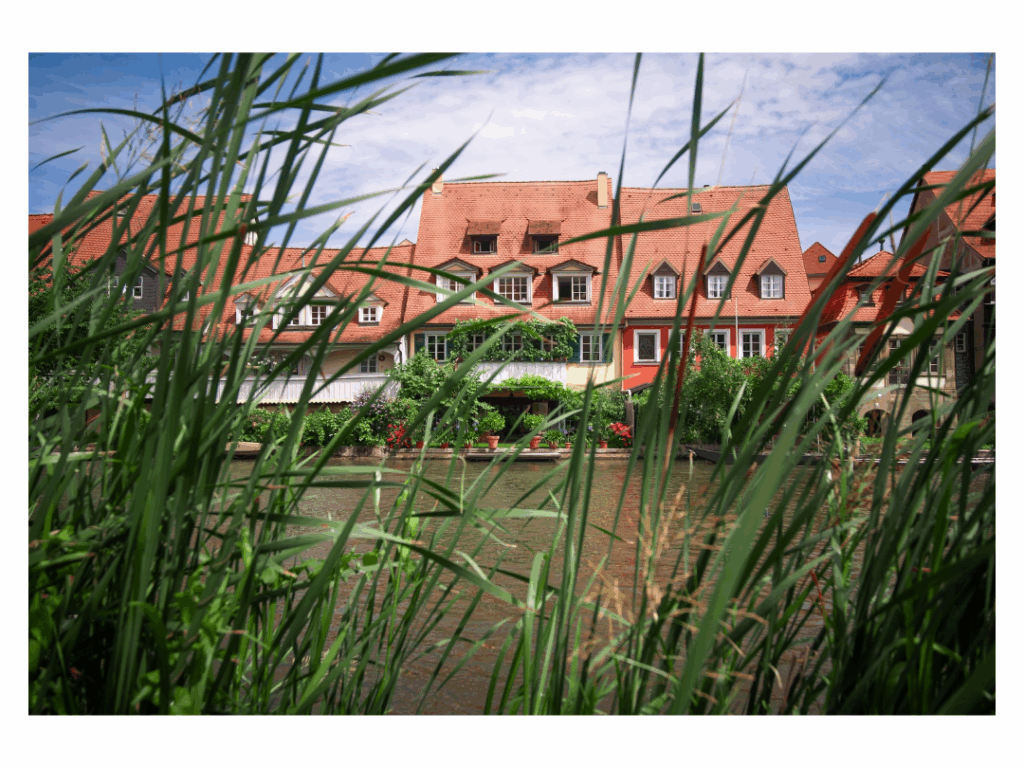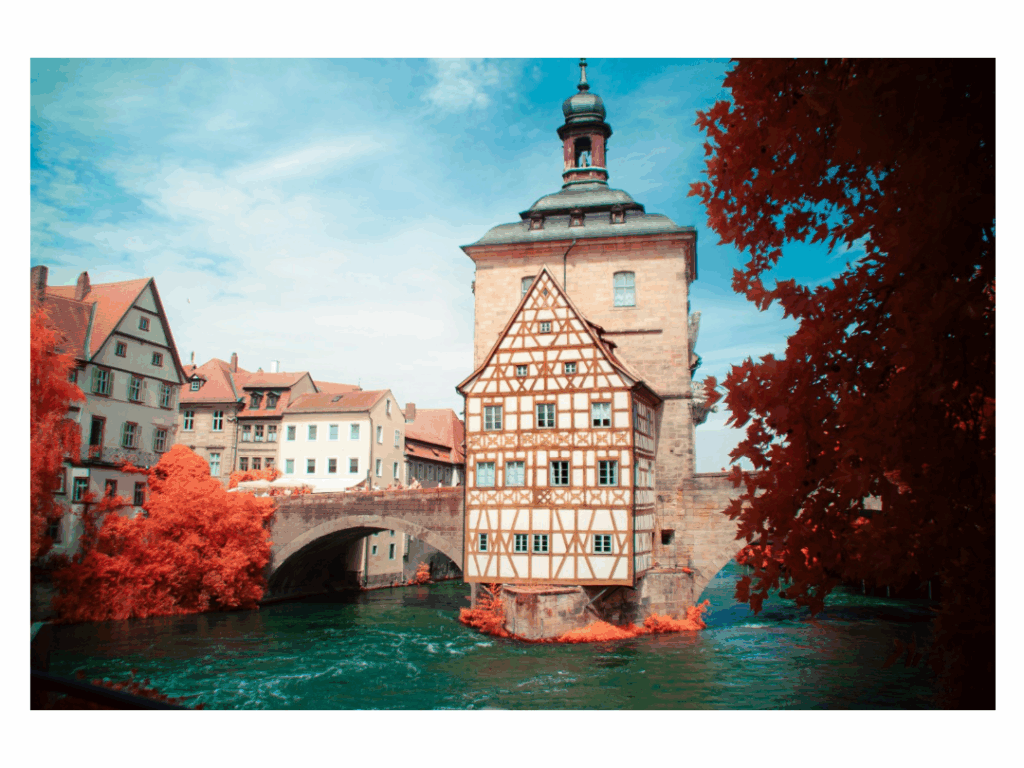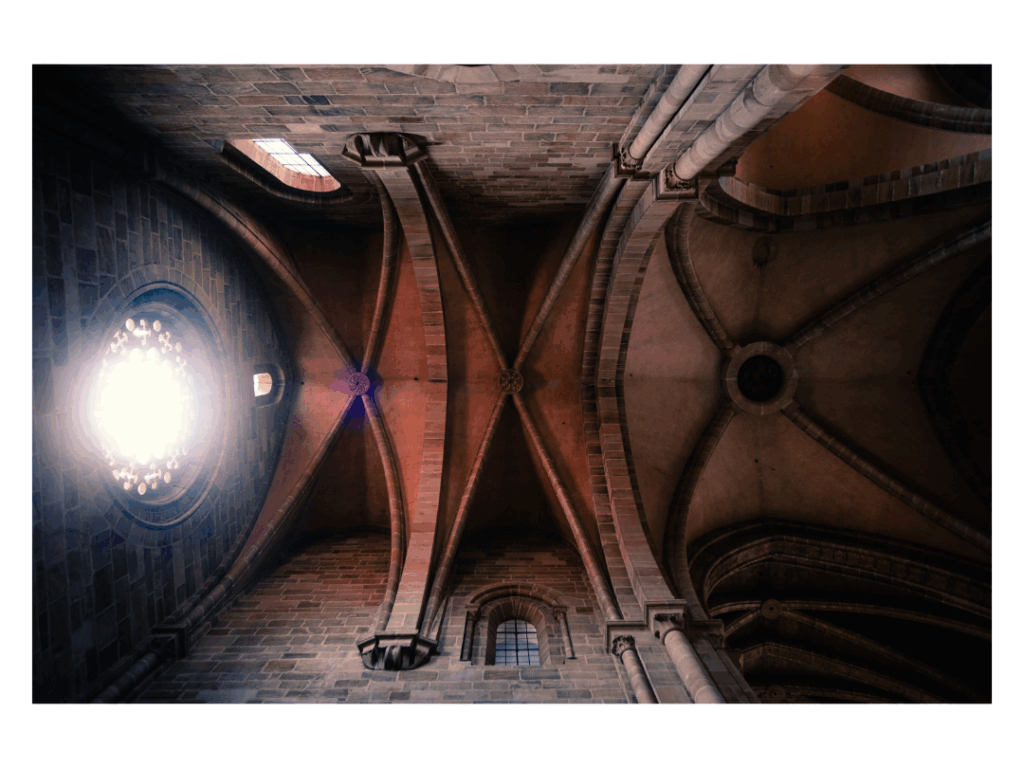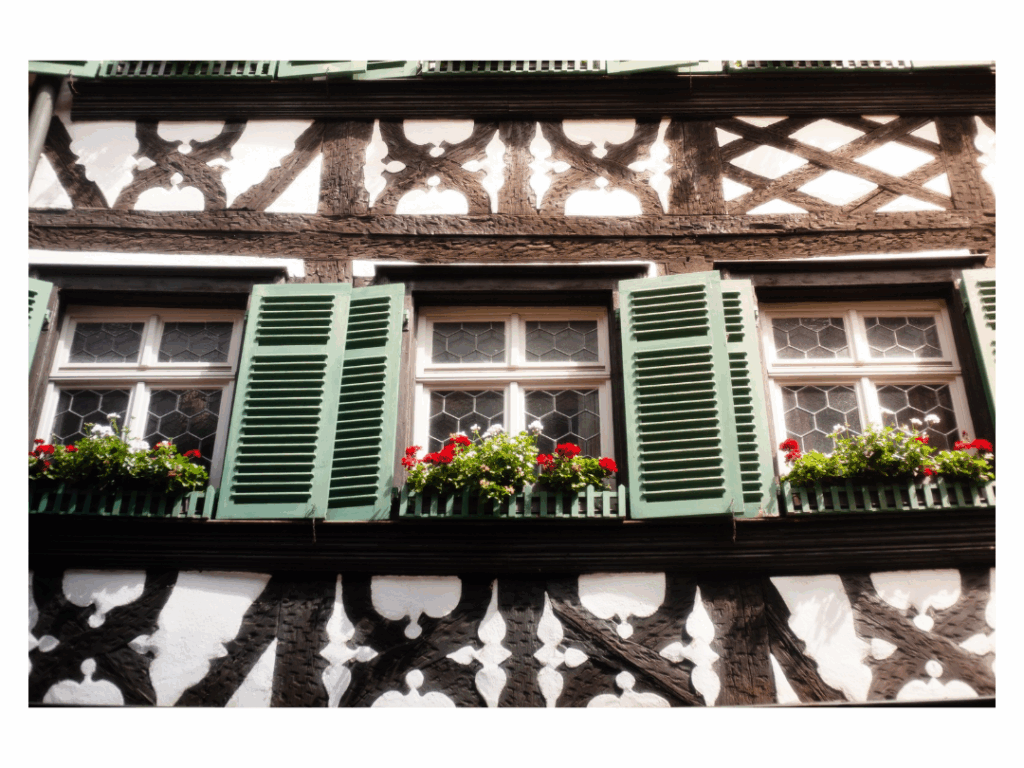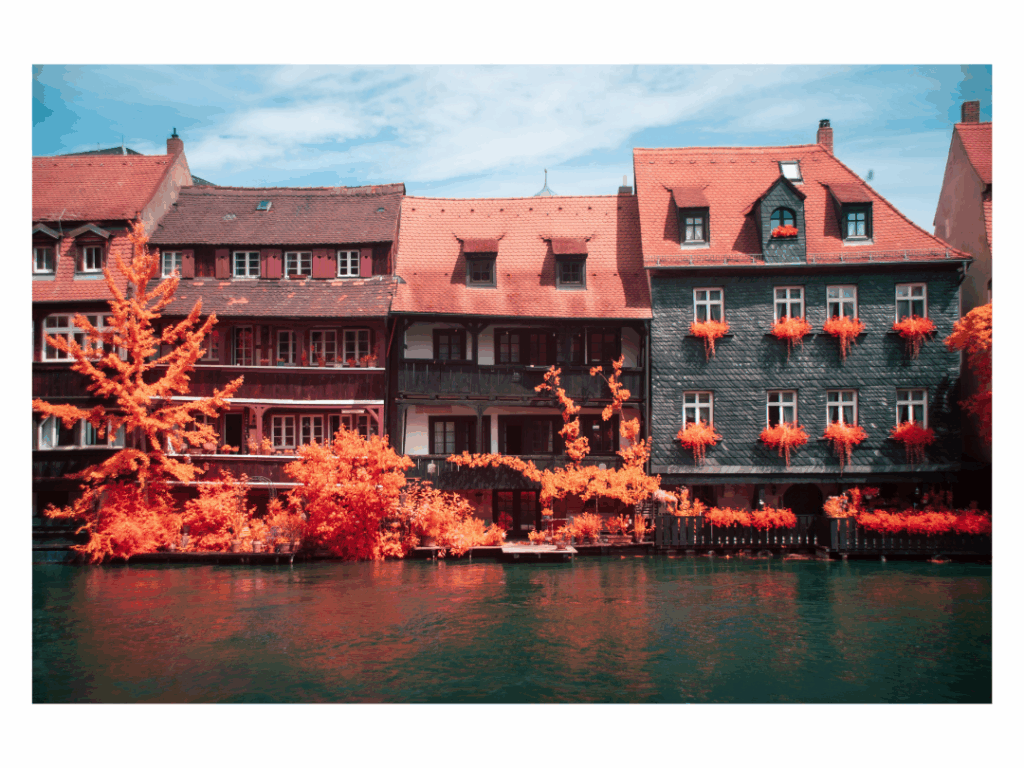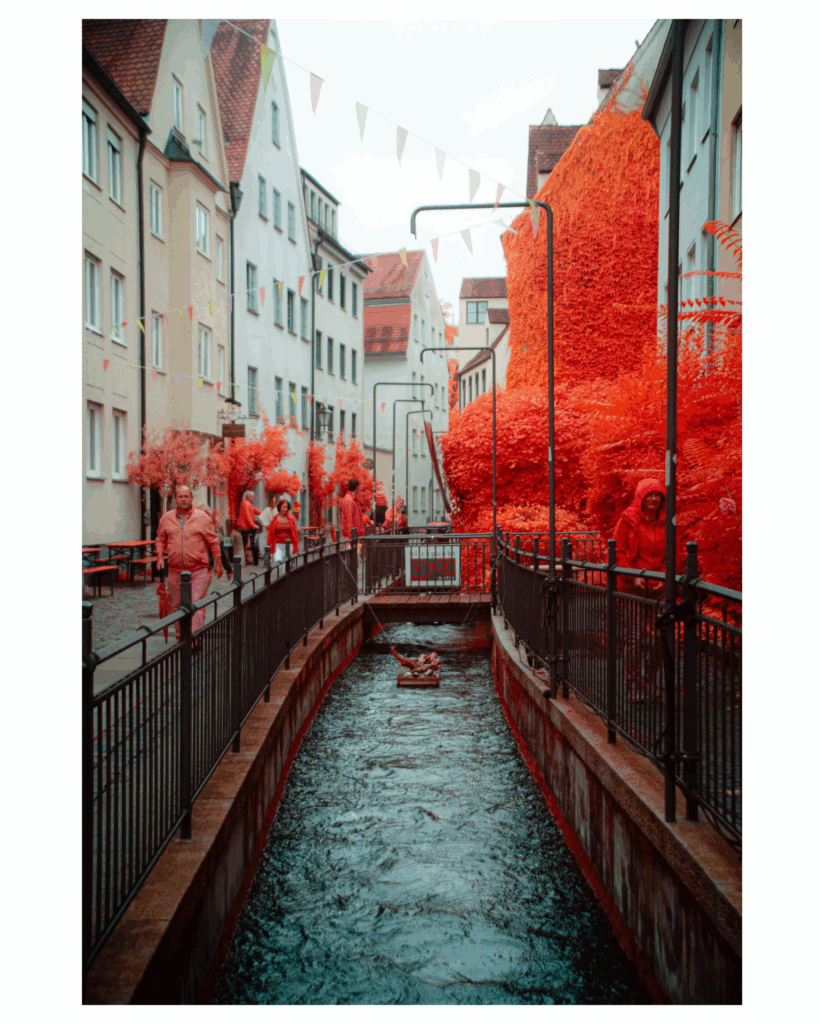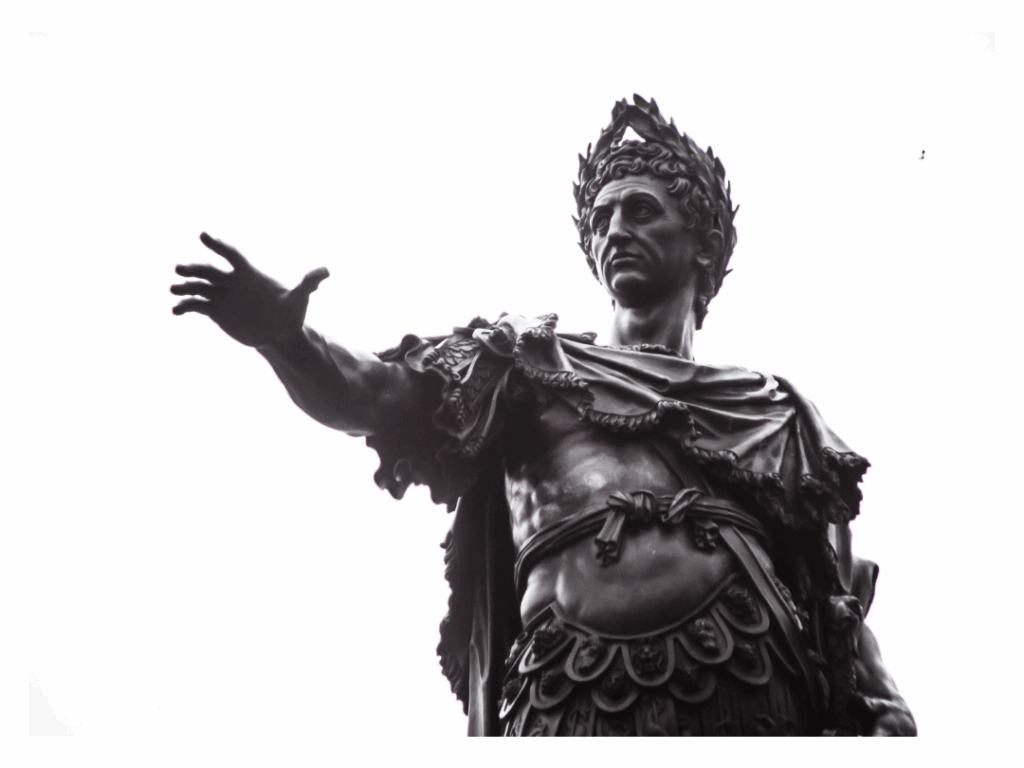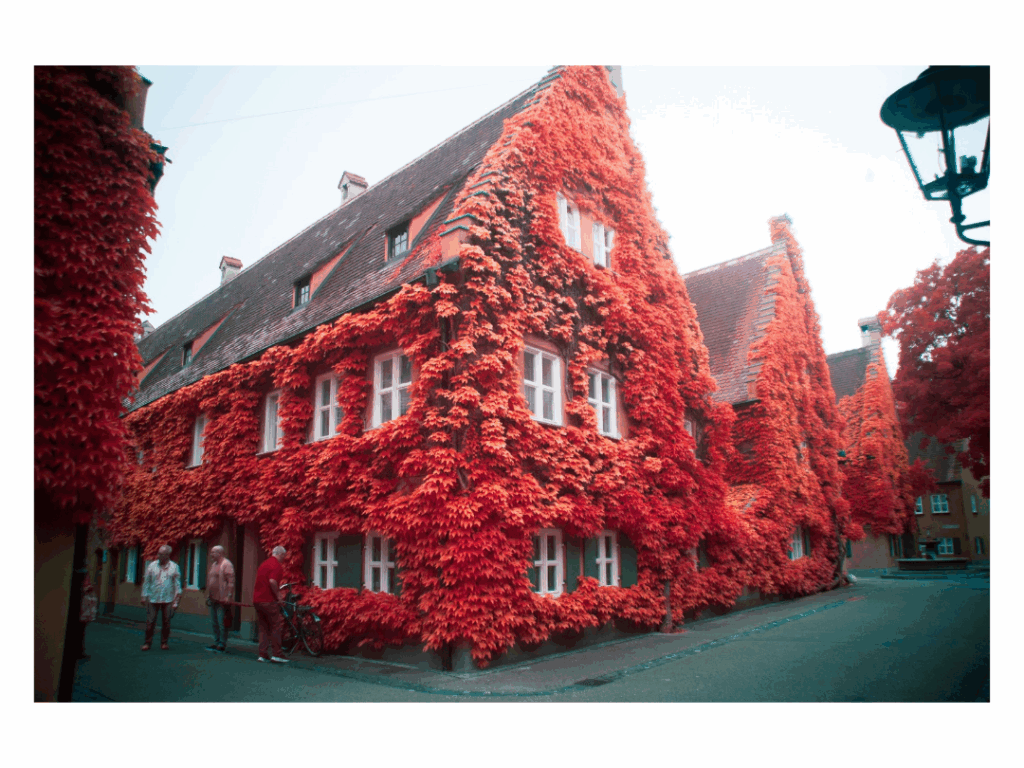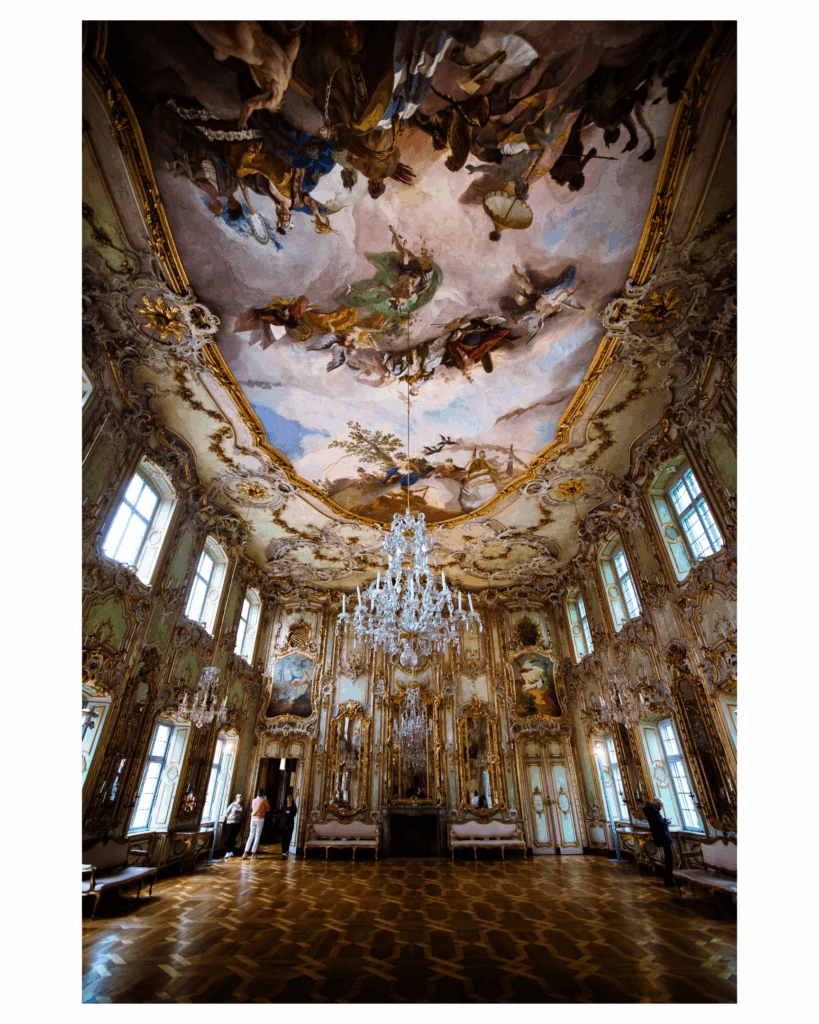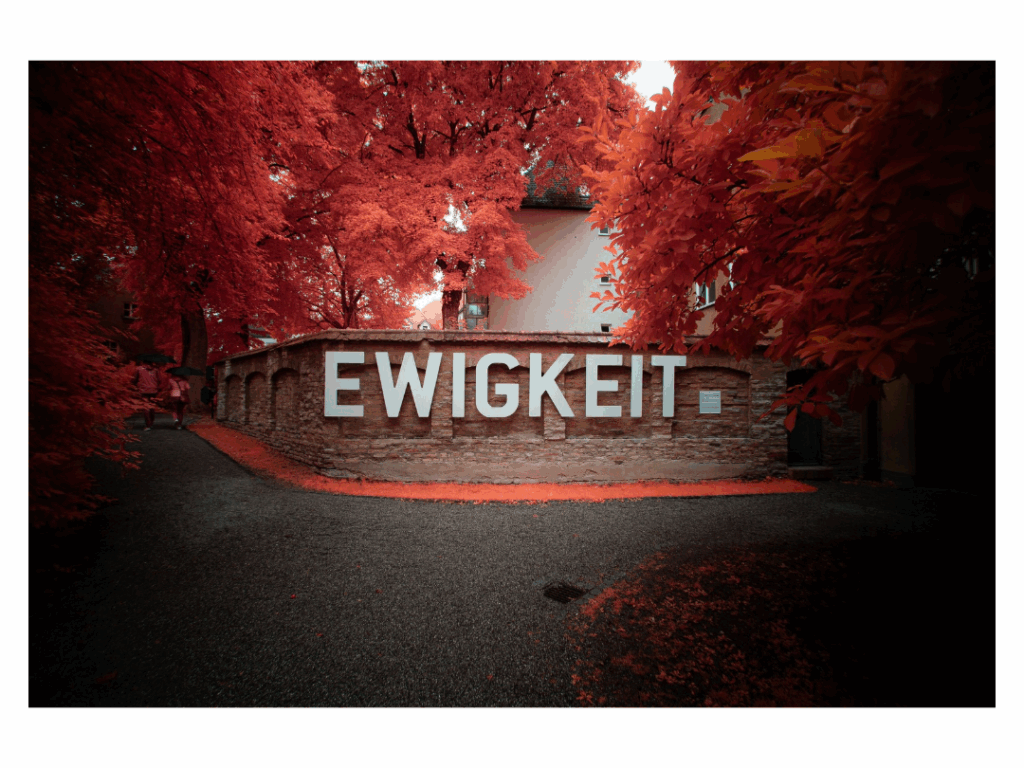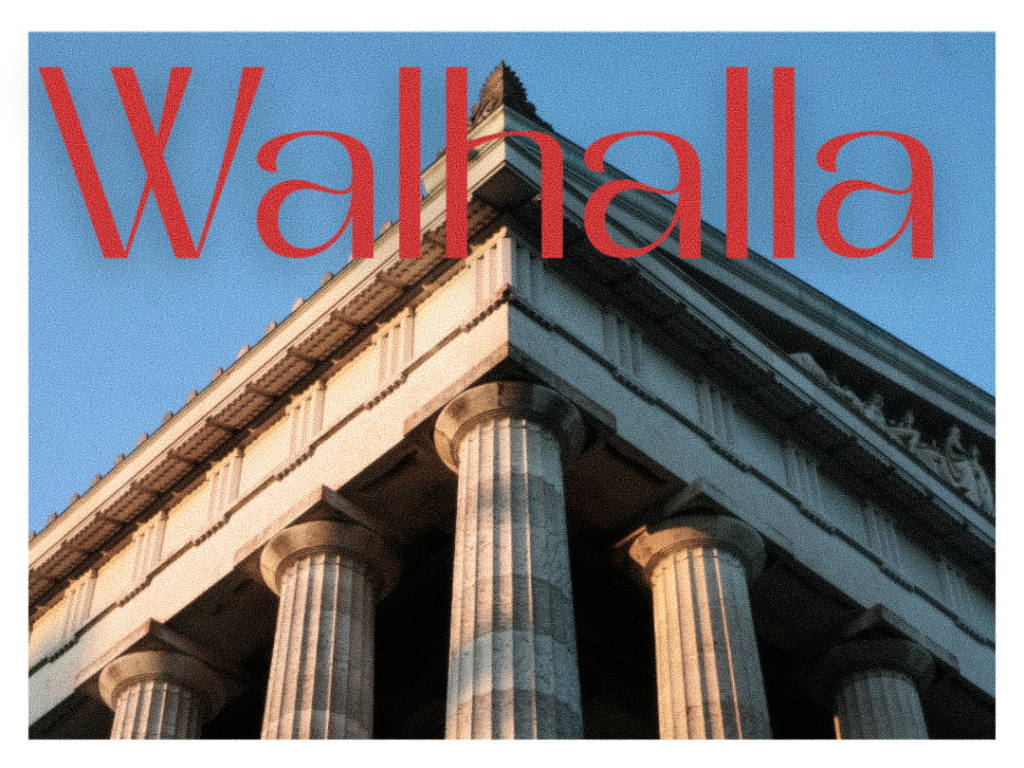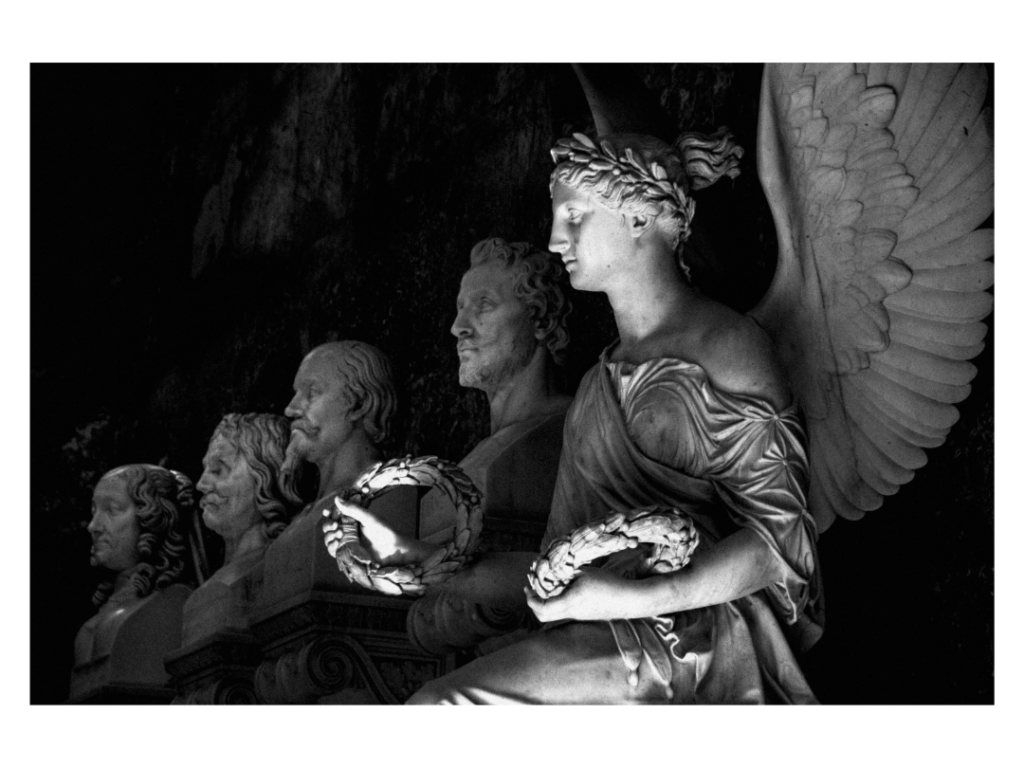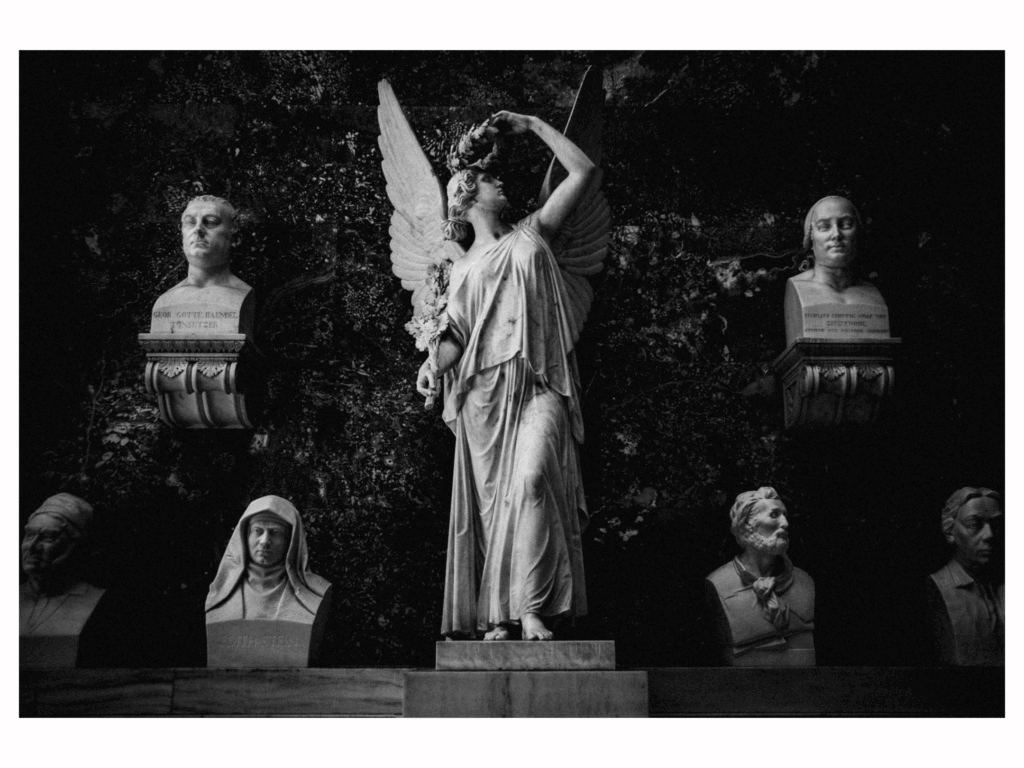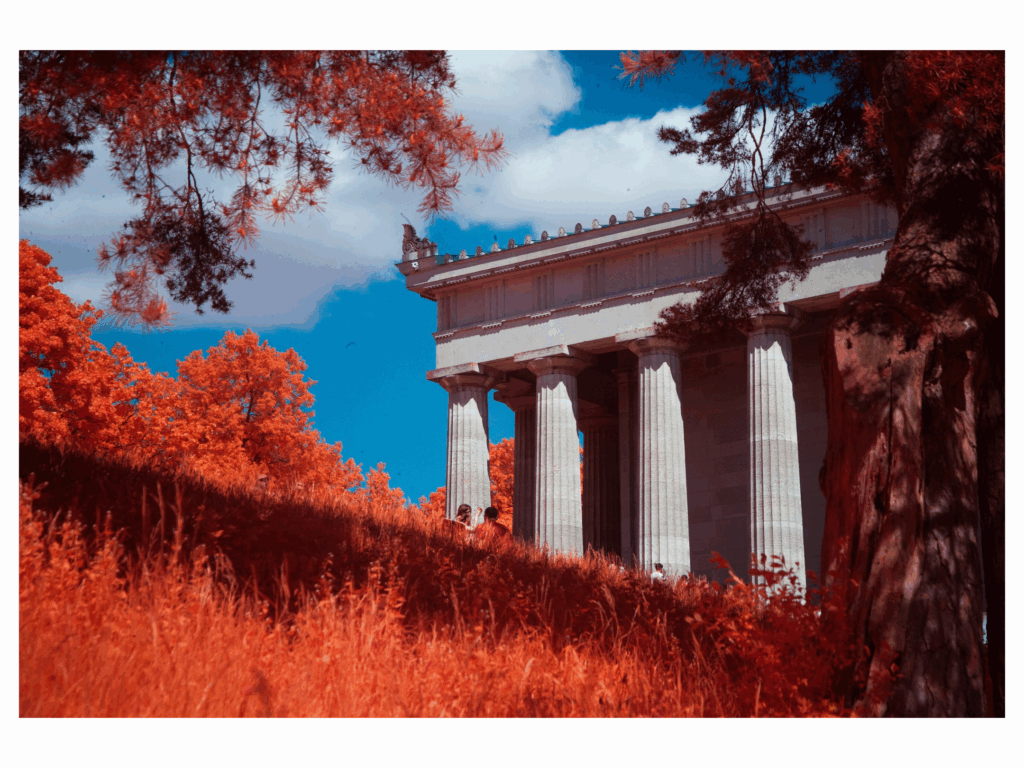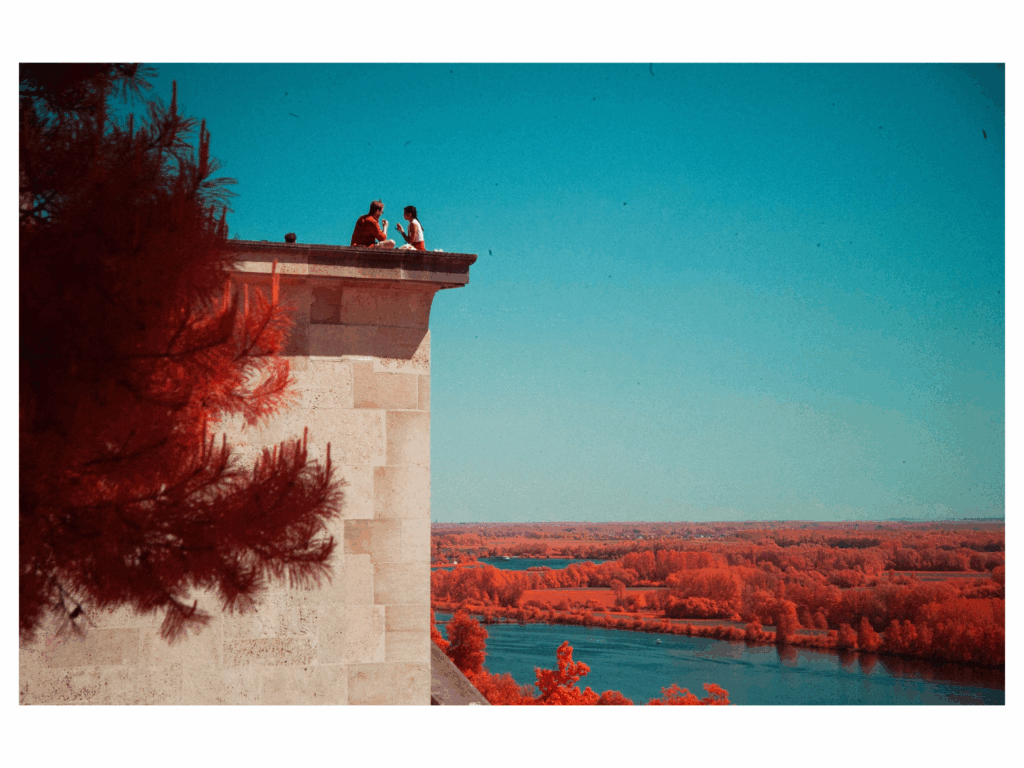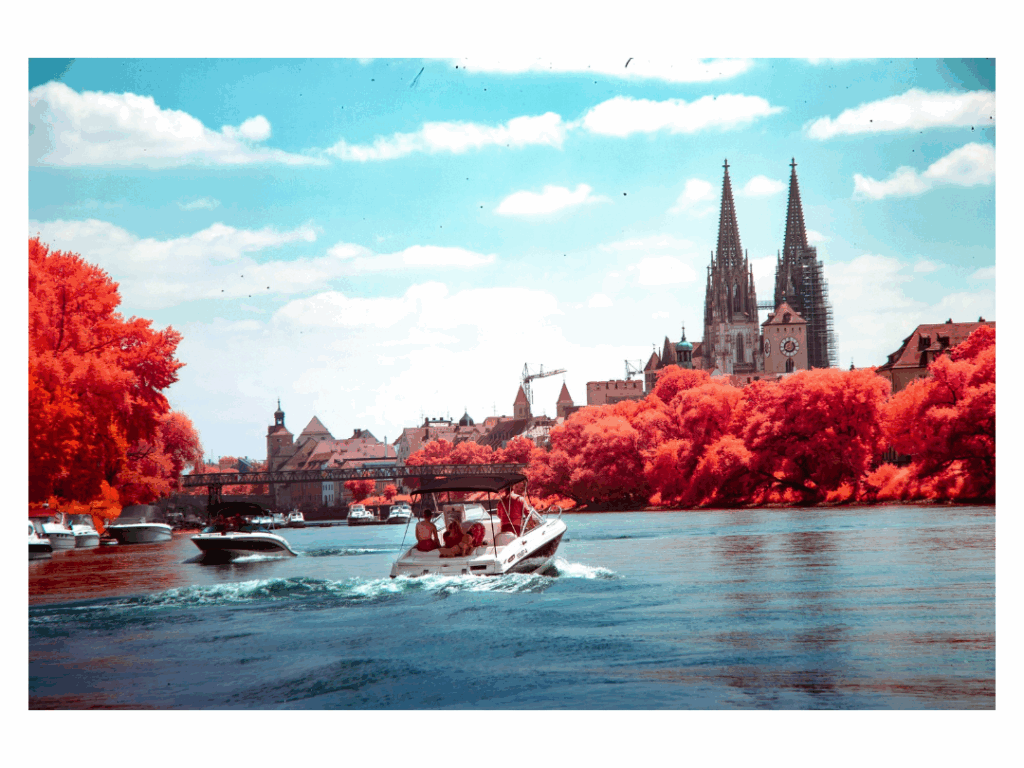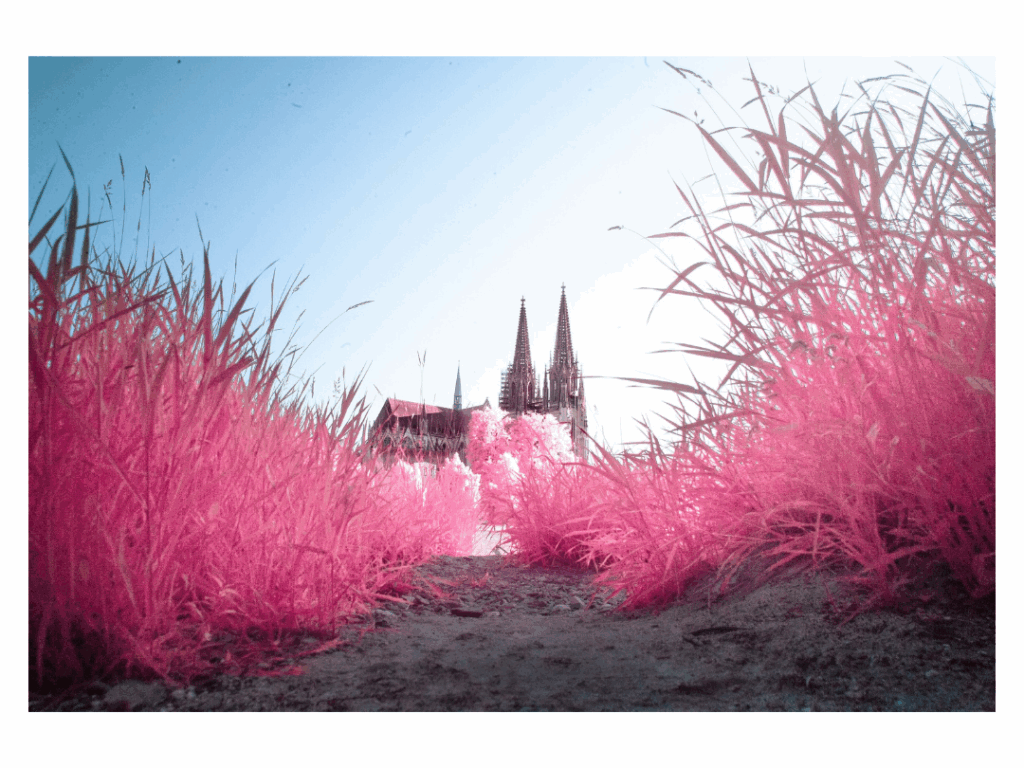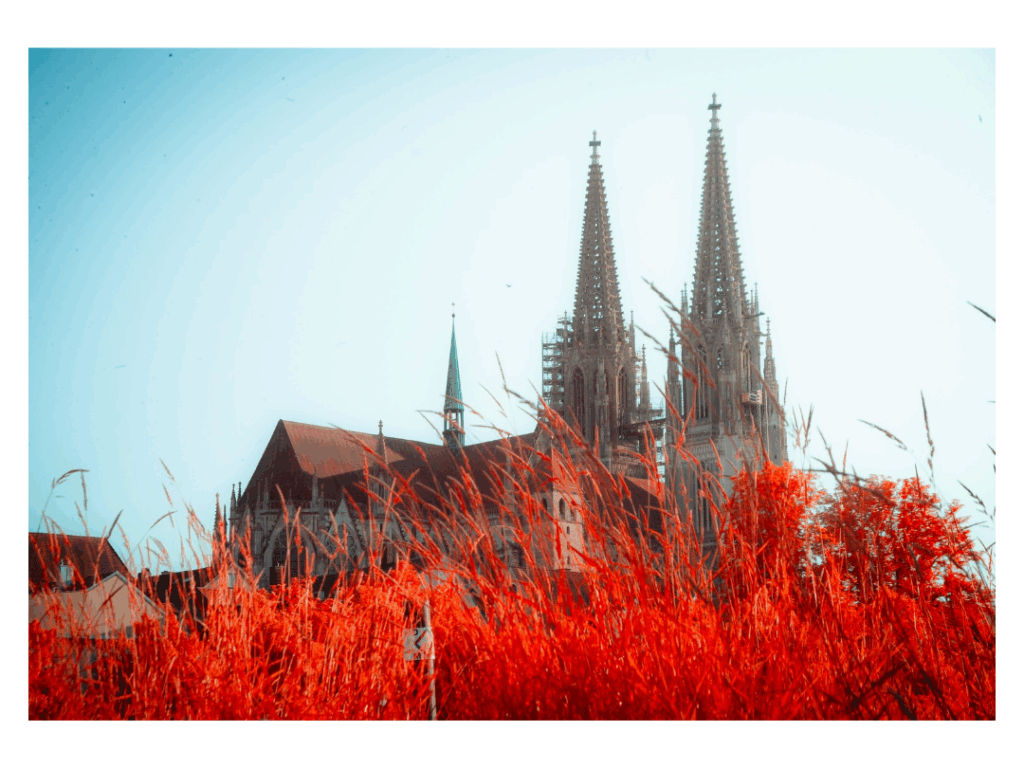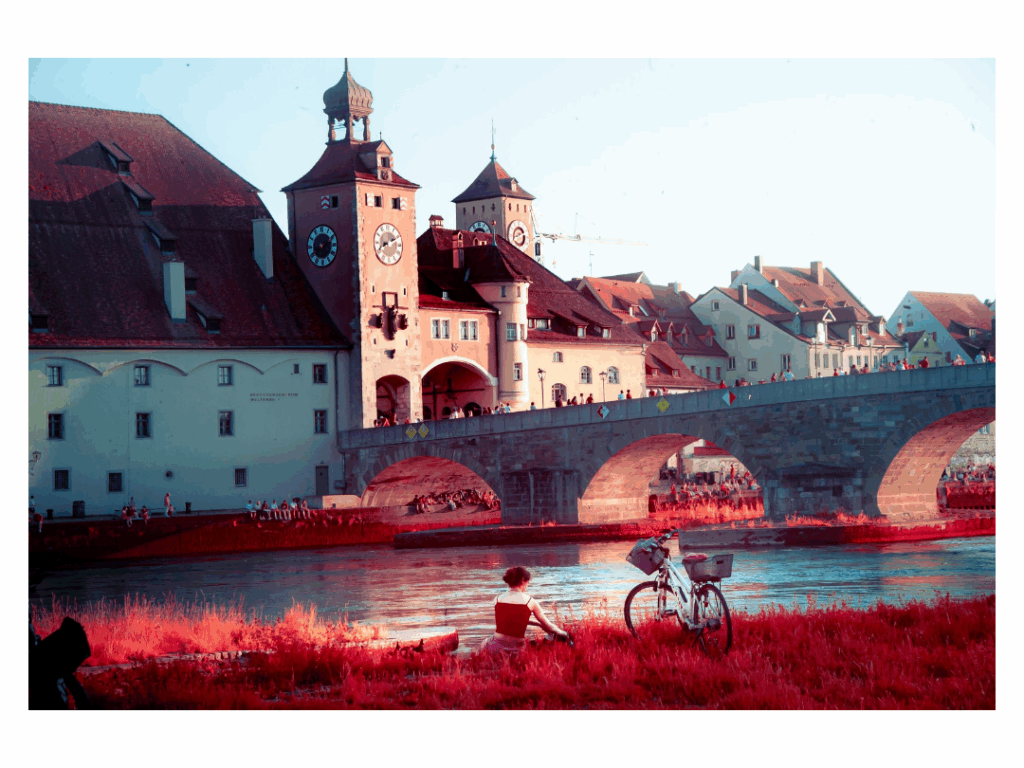Malta was one of the most unique stops on my journey. I stayed around Valletta, the capital, and explored the cities around it. Everywhere I walked I felt the Mediterranean atmosphere. Narrow streets, bright stone houses, and the sea always close by.
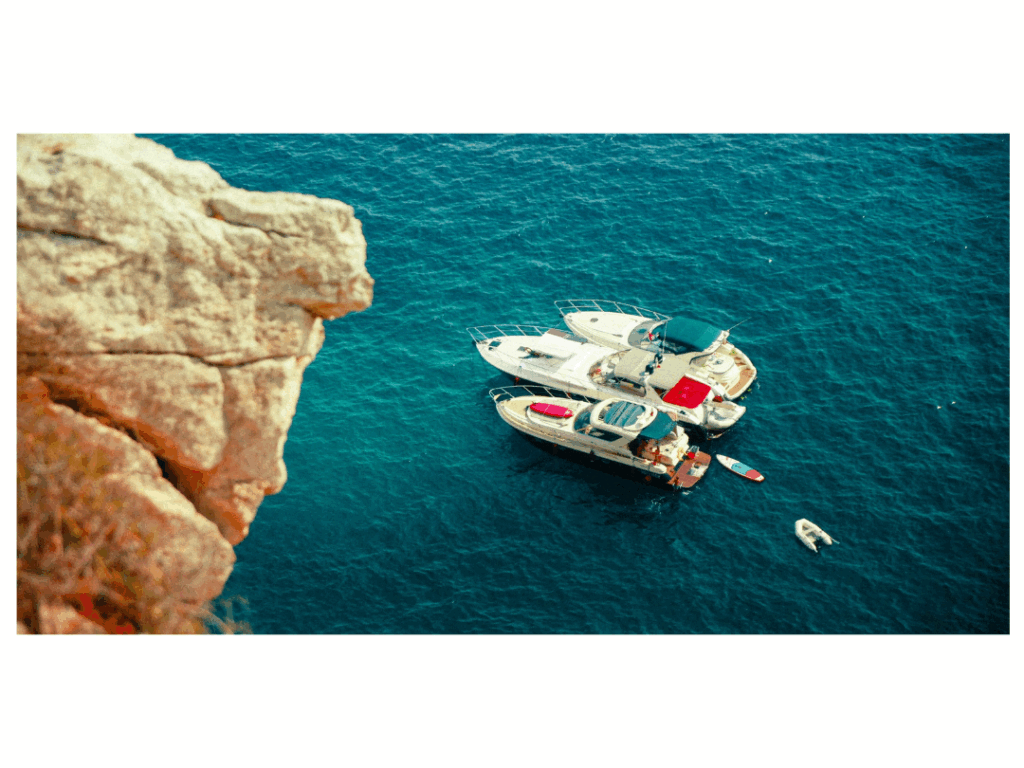
The history of Malta is long and complex. The islands have been a crossroads for many cultures, from Phoenicians and Romans to Arabs and later the Knights of St. John. Valletta itself was built after the Great Siege of 1565, when the Knights defended the island against the Ottomans. The result is a city planned like a fortress, with massive walls and straight streets leading down to the harbor.
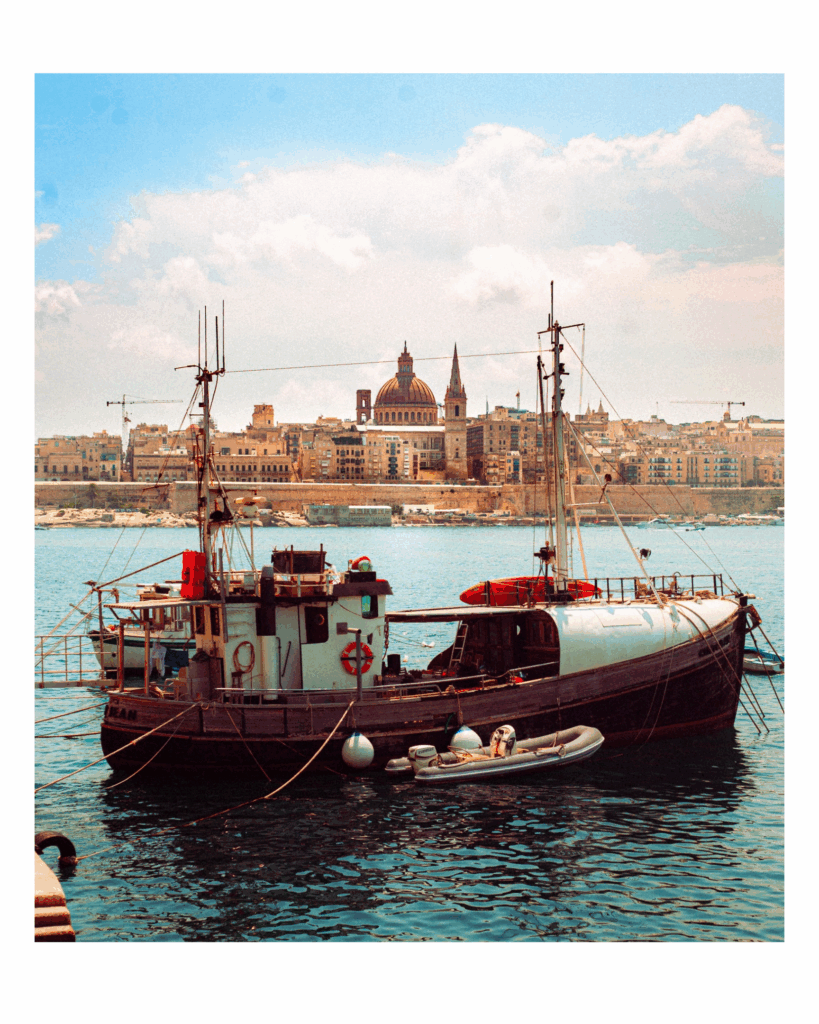
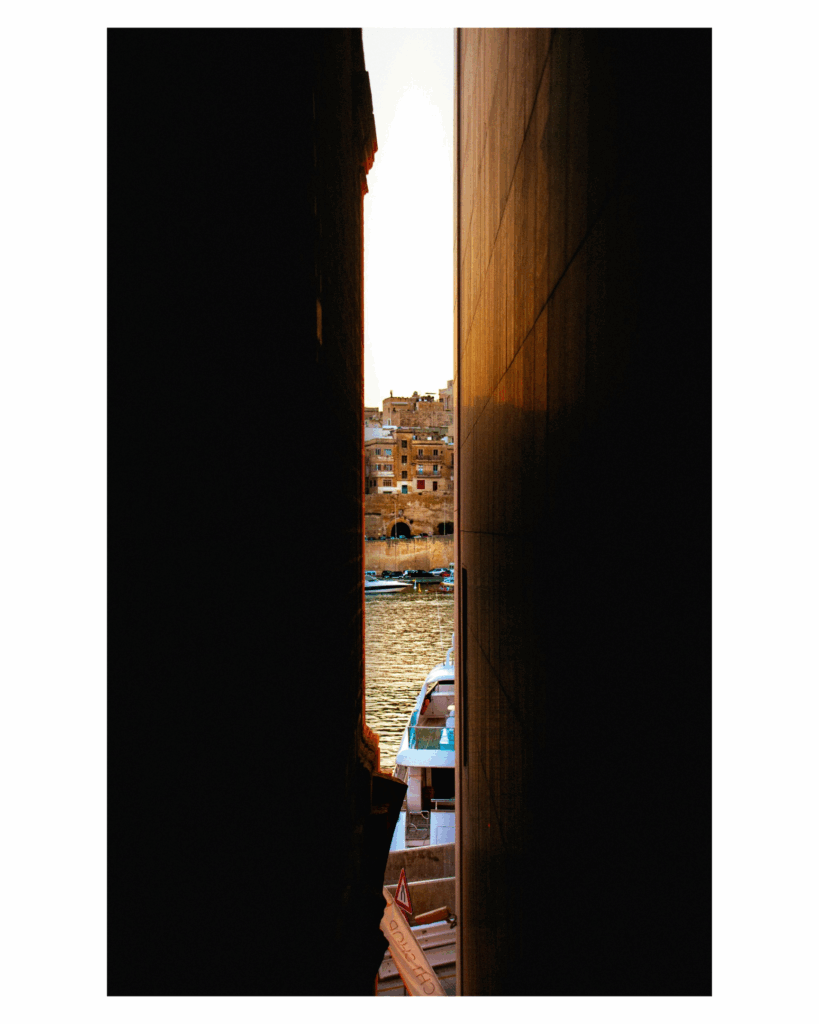
Malta is also home to several UNESCO World Heritage Sites. Valletta itself is one of them, recognized for its well-preserved baroque architecture and military history. Even older are the Megalithic Temples scattered across the islands, some of the world’s earliest free-standing stone structures, built between 3600 and 2500 BC. There is also Ħal Saflieni Hypogeum, an underground burial site carved into rock more than 5,000 years ago. These places show how far back Malta’s story goes and how many cultures left their mark here.
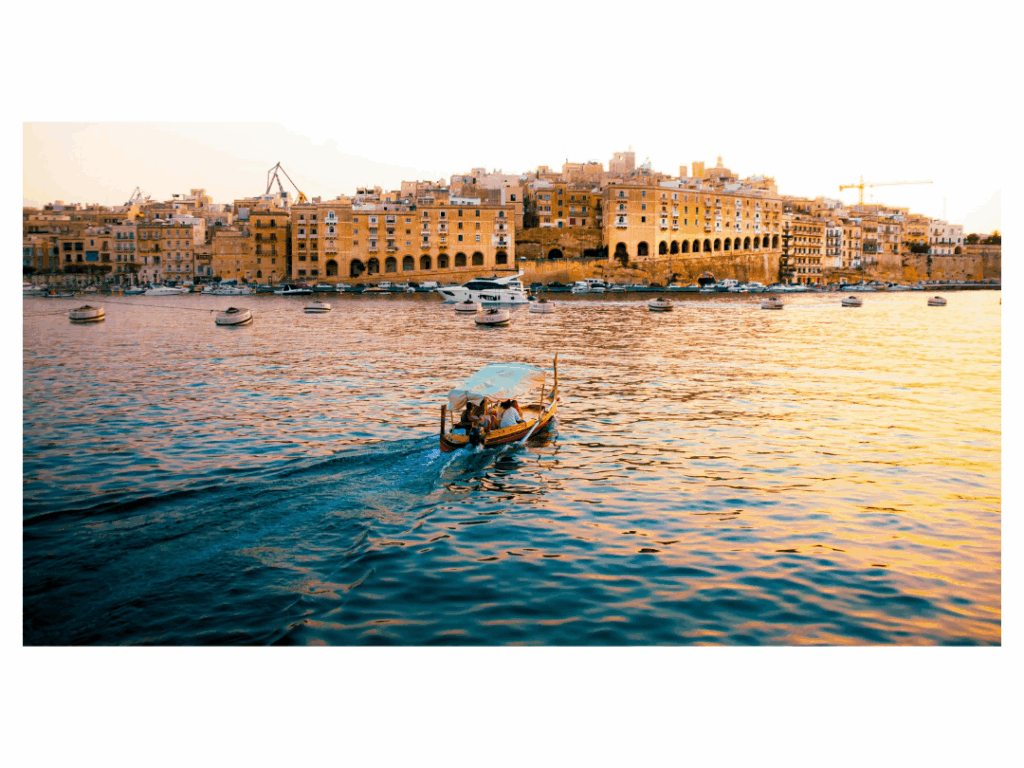
For me, Malta was a place where history is not hidden in museums but visible in every street. The sea, the fortresses and the temples all tell stories of different times and influences. With my camera I tried to capture this Mediterranean blend, showing both the bright light of the coast and the deep history carved into the stone.
